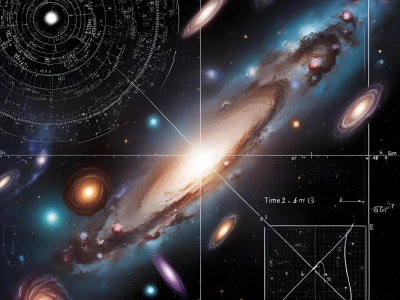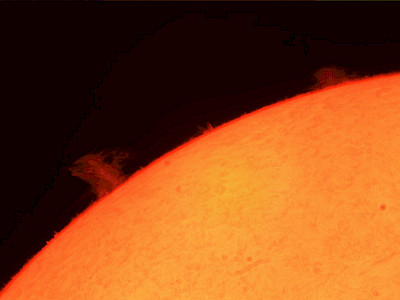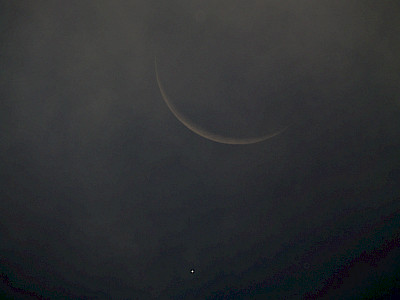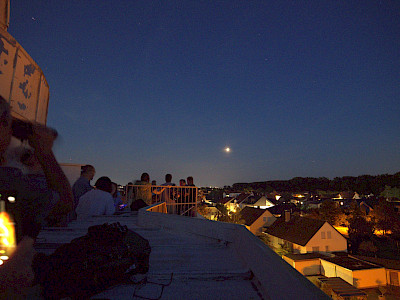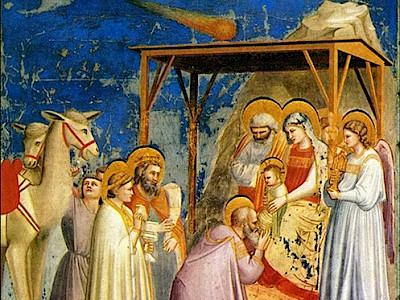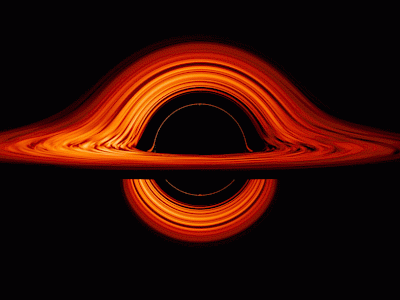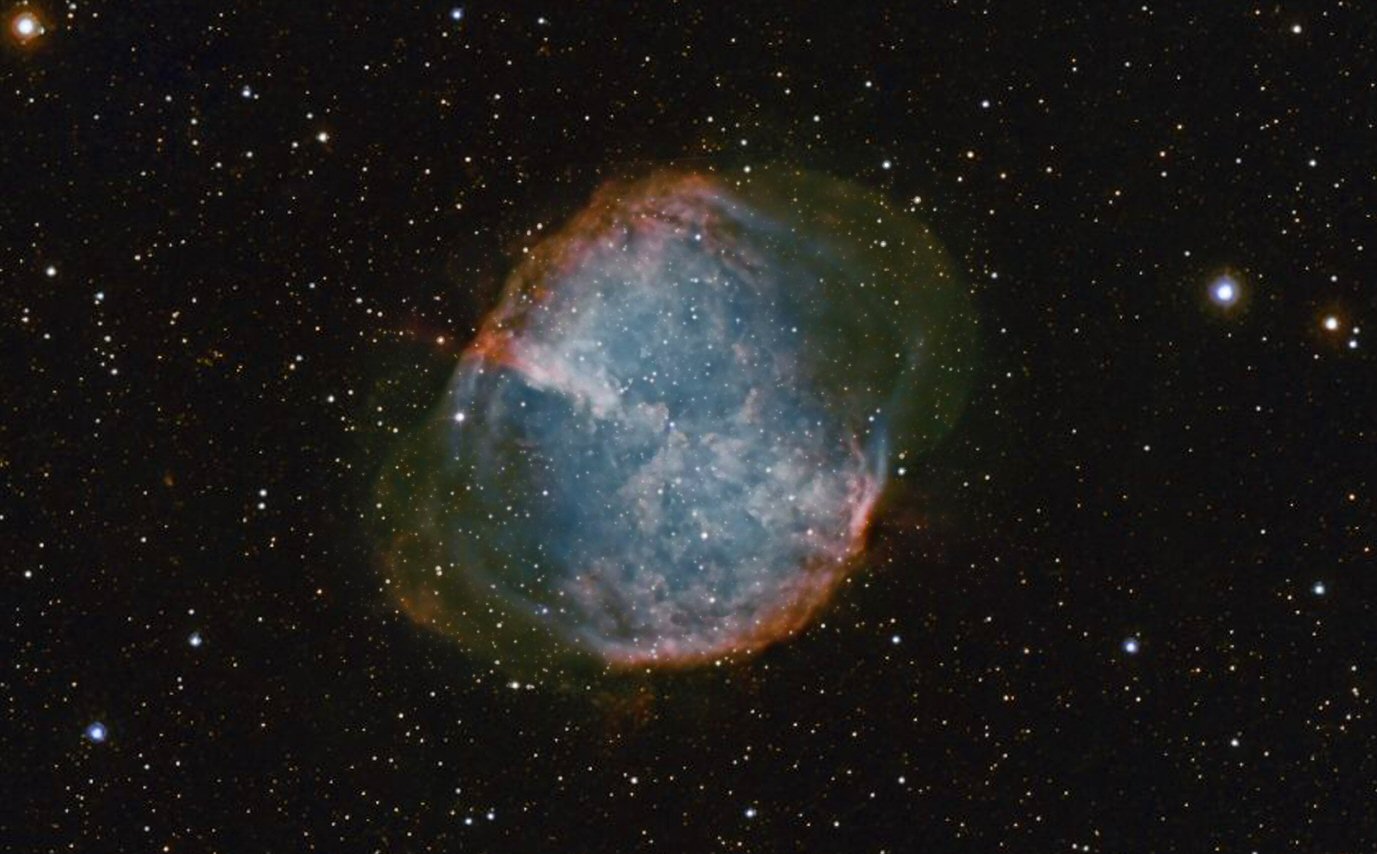Observatory News
Astronomy Day 2026
On Saturday, March 28 2026, the annual Astronomy Day, coordinated by the Vereinigung der Sternfreunde e.V., will take place. We will also be participating in this event with a varied program starting at 11:00 a.m.
Details of the event are currently being finalized and will be published shortly.
published on: 04.12.2025
Venusbedeckung durch den Mond
Am 19. September 2025 fand eine Bedeckung der Venus durch den Mond statt. Wir haben das Ereignis, das am Tageshimmel gegen 14:00 Uhr MESZ stattfand, mit dem T1T und einem weiteren Instrument (Newton 6" f/4) Beobachtet und auf Video mitgeschnitten.
published on: 28.09.2025
Lunar eclipse on Sunday, September 7, 2025
On Sunday, September 7, there was a total lunar eclipse. We opened the observatory to observe this event. The event began at 7:00 p.m. with information about the eclipse.
published on: 16.09.2025
Further Events
21.12.2025, 18:00 Uhr
Der Stern von Bethlehem
Ein Vortrag von Manfred Liedtke, Astronomie Stiftung Trebur.
Alle Jahre wieder startet die unterhaltsame Suche nach astronomischen Belegen für den in der Bibel erwähnten "Stern von Bethlehem". Begleiten Sie uns auf der Reise in die spannende Geschichte dieses Sterns.
13.02.2026, 19:30 Uhr
Heiße Materie im Labor und im Weltall
Vortrag: Dr. Sonja Bernitt
Die Materie in sehr heißen astrophysikalischen Umgebungen, wie zum Beispiel in Sternatmosphären oder den Akkretionsscheiben um schwarze Löcher, gibt Röntgenstrahlung ab, die von atomphysikalischen Prozessen herrührt.
10.04.2026, 19:30 Uhr
Hubble Tension und neue Messungen
Vortrag: Dr. Flörs
Weitere Informationen folgen
Guided Tours
Public tours take place on the first and third Wednesday of every month, regardless of the weather. Reservations are not required, but we would still ask you to register using the contact form so that we can plan the tours better. If the weather is favorable, we will of course also make observations of the sky with the observatory's instruments.
The next public guided tour will take place on:
Mittwoch, 17.12.2025, 19:00 Uhr
future events
 Trebur Astronomy Foundation
Trebur Astronomy Foundation